

Secondary Butyl Quinoline (SBQ), also referred to as (sec-Butylquinoline and SAP55IYM36), is an aromatic nitrogen containing compound preferred across multiple industries with distinct roles. In industrial applications specifically, SBQ robust structure enables it to form stable chelates with metal ions, making it a great chemical stabilizer in corrosion inhibitors, high-performance lubricants, and thermal oxidation-resistant formulations. On the other hand, under the identifier 6-(sec-Butyl)quinoline, it serves as a synthetic aroma chemical prized for its warm, musky, and subtly animalic scent. SBQ acts as a low-volatility fixative in fine fragrances, home scent compositions, and functional fragrances exhibiting perfect blending compatibility with woody, amber, and leather accords. SBQ is REACH-registered, this dual-use molecule is also favored in olfactory research & specialized chemical synthesis by speciality chemical suppliers and manufacturers.


Secondary Butyl Quinoline (SBQ), also referred to as (sec-Butylquinoline and SAP55IYM36), is an aromatic nitrogen containing compound preferred across multiple industries with distinct roles. In industrial applications specifically, SBQ robust structure enables it to form stable chelates with metal ions, making it a great chemical stabilizer in corrosion inhibitors, high-performance lubricants, and thermal oxidation-resistant formulations. On the other hand, under the identifier 6-(sec-Butyl)quinoline, it serves as a synthetic aroma chemical prized for its warm, musky, and subtly animalic scent. SBQ acts as a low-volatility fixative in fine fragrances, home scent compositions, and functional fragrances exhibiting perfect blending compatibility with woody, amber, and leather accords. SBQ is REACH-registered, this dual-use molecule is also favored in olfactory research & specialized chemical synthesis by speciality chemical suppliers and manufacturers.

.3d8f8f41.svg)
Flavors & Fragrances
.3556d45a.svg)

Fragrance Ingredients


Aroma CompoundsQuinoline Derivatives
.7767eb0f.png)

Chemical Properties & Specifications
6-(sec-Butyl)quinoline helps stabilize volatile top and middle notes, extending the longevity of fragrance compositions.
It contributes a warm, slightly animalic nuance to perfumes, enhancing complexity and richness in base accords.
Widely studied in structure–odor relationship analysis for understanding the behavior of quinoline derivatives in scent profiles.
Used in premium candles, diffusers, and scent-releasing materials due to its low volatility and scent-retention properties.

CAS No. : 1309-64-4
Category : Synergists & Smoke Suppressants
Sub-Category : Antimony-based synergists
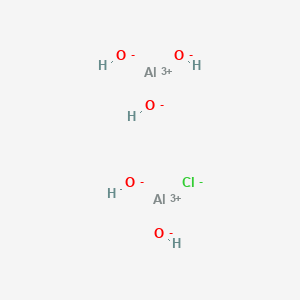
CAS No. : 1327-41-9
Category : Inorganic Chemicals
Sub-Category : Metal-Based Coagulants
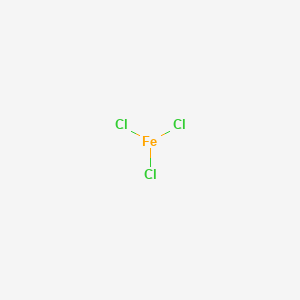
CAS No. : 7705-08-0
Category : Inorganic Chemicals
Sub-Category : Metal-Based Coagulants
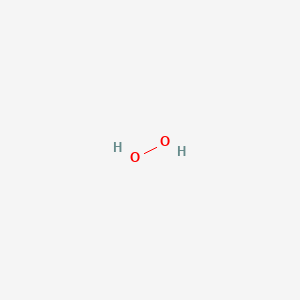
CAS No. : 7722-84-1
Category : Inorganic Chemicals
Sub-Category : Peroxides & Oxidizing Agents
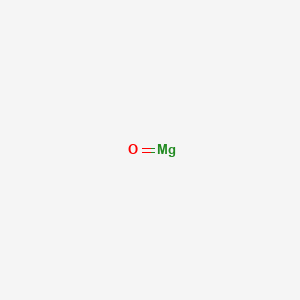
CAS No. : 1309-48-4
Category : Inorganic Chemicals
Sub-Category : Active Pharmaceutical Ingredients (APIs)

CAS No. : 13463-67-7
Category : Pigments & Colorants
Sub-Category : Inorganic Pigments
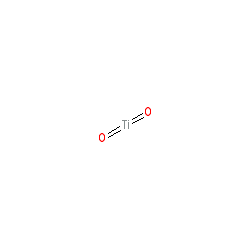
CAS No. : 13463-67-7
Category : Pigments & Colorants
Sub-Category : Inorganic Pigments

CAS No. : 13463-67-7
Category : Pigments & Colorants
Sub-Category : Inorganic Pigments
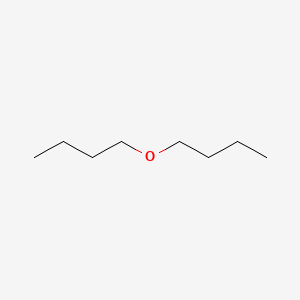
CAS No. : 142-96-1
Category : Solvents & Carriers
Sub-Category : Ethers & Ether-Based Solvents
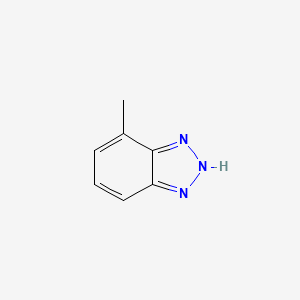
CAS No. : 29385-43-1
Category : Specialty Polymers & Additives
Sub-Category : Corrosion Inhibitor Additives

CAS No. : 25322-69-4
Category : Specialty Polymers & Additives
Sub-Category : Polyether Polyols
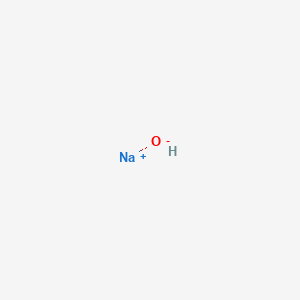
CAS No. : 1310-73-2
Category : Inorganic Chemicals
Sub-Category : Alkalis & Bases
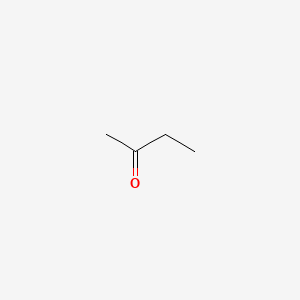
CAS No. : 78-93-3
Category : Base Chemicals & Intermediates
Sub-Category : Ketones & Solvents
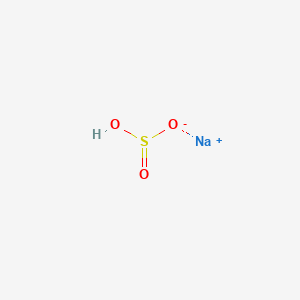
CAS No. : 7631-90-5
Category : Inorganic Chemicals
Sub-Category : Sulfur-Based Compounds
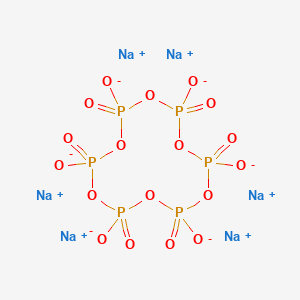
CAS No. : 10124-56-8
Category : Inorganic Chemicals
Sub-Category : Phosphate Compounds

CAS No. : 5329-14-6
Category : Inorganic Chemicals
Sub-Category : Acid Derivatives

CAS No. : 100-44-7
Category : Organic Intermediates
Sub-Category : Chlorinated Aromatic Compounds
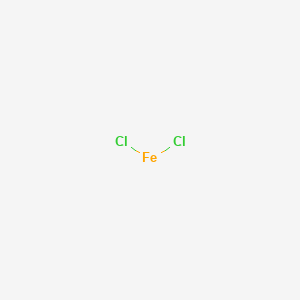
CAS No. : 7758-94-3
Category : Inorganic Chemicals
Sub-Category : Metal Halides

CAS No. : 1314-13-2
Category : Inorganic Chemicals
Sub-Category : N/A
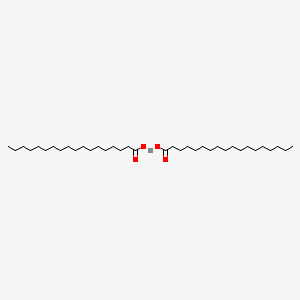
CAS No. : 136-53-8
Category : Inorganic Chemicals
Sub-Category : Metal Carboxylates
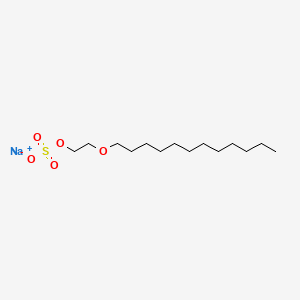
CAS No. : 9004-82-4
Category : Surfactants
Sub-Category : Anionic (Ether sulfates)
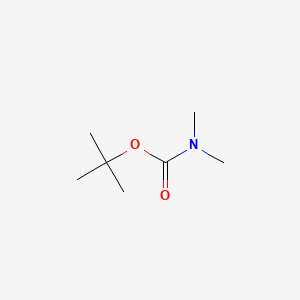
CAS No. : 61788-93-0
Category : Surfactants & Emulsifiers
Sub-Category : Fatty Amines
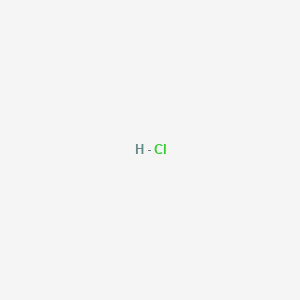
CAS No. : 7647-01-0
Category : Inorganic Acids
Sub-Category : Mineral Acids
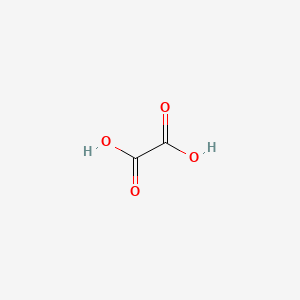
CAS No. : 144-62-7
Category : Organic Acid Derivatives
Sub-Category : Dicarboxylic Acids

CAS No. : 17465-11-3
Category : Organic Intermediates
Sub-Category : Aromatic Sulfonates

CAS No. : 7704-34-9
Category : Inorganic Chemicals
Sub-Category : Sulfur & Derivatives

CAS No. : 77-92-9
Category : Food Ingredients
Sub-Category : Flavor Enhancers

CAS No. : 7631-90-5
Category : Inorganic Chemicals
Sub-Category : Sulfur-Based Compounds

CAS No. : 10124-56-8
Category : Inorganic Chemicals
Sub-Category : Phosphate Compounds

CAS No. : 9005-65-6
Category : Surfactants & Emulsifiers
Sub-Category : N/A
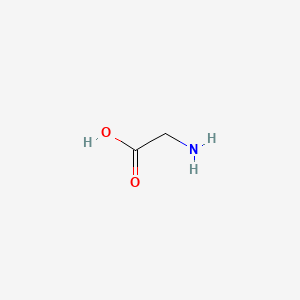
CAS No. : 56-40-6
Category : Nutraceutical Ingredients
Sub-Category : Amino Acids & Proteins
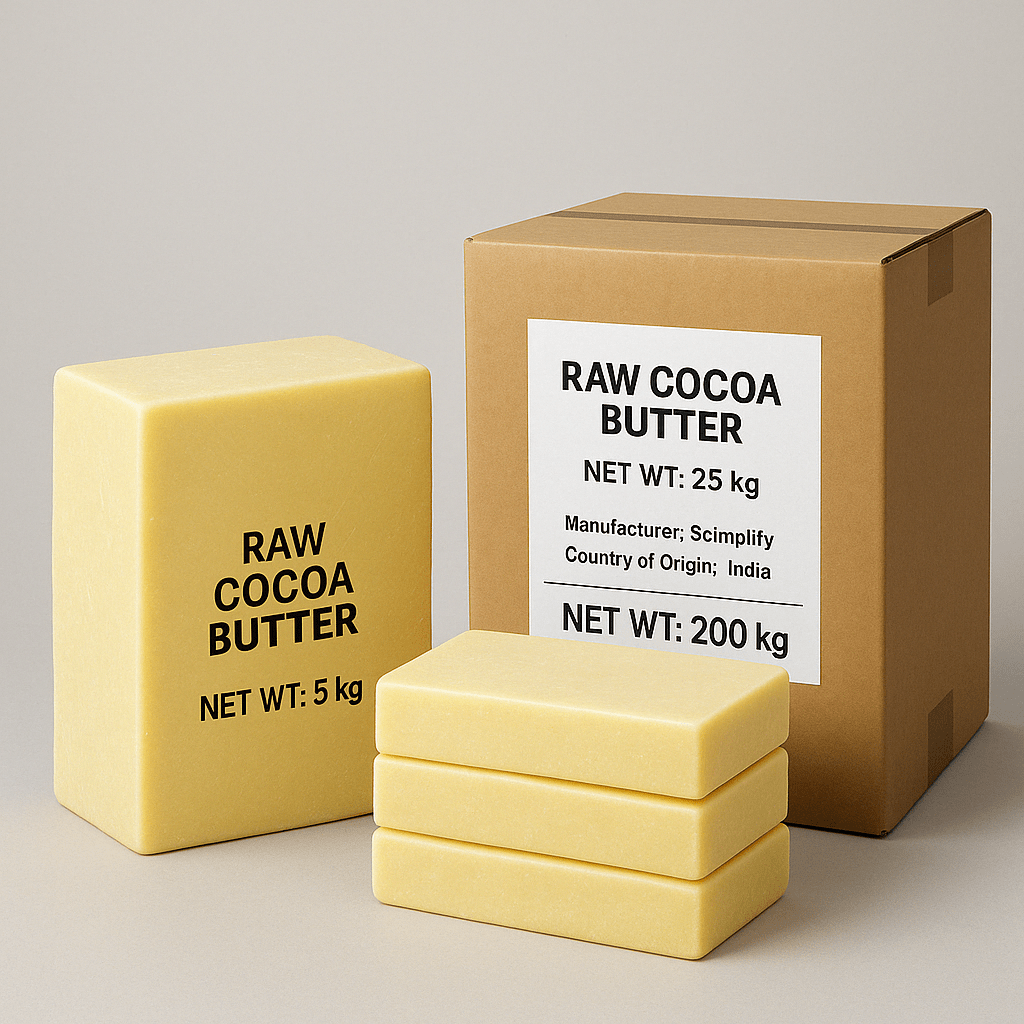
CAS No. : 8002-31-1
Category : Food Ingredients
Sub-Category : Cocoa & Chocolate Derivatives
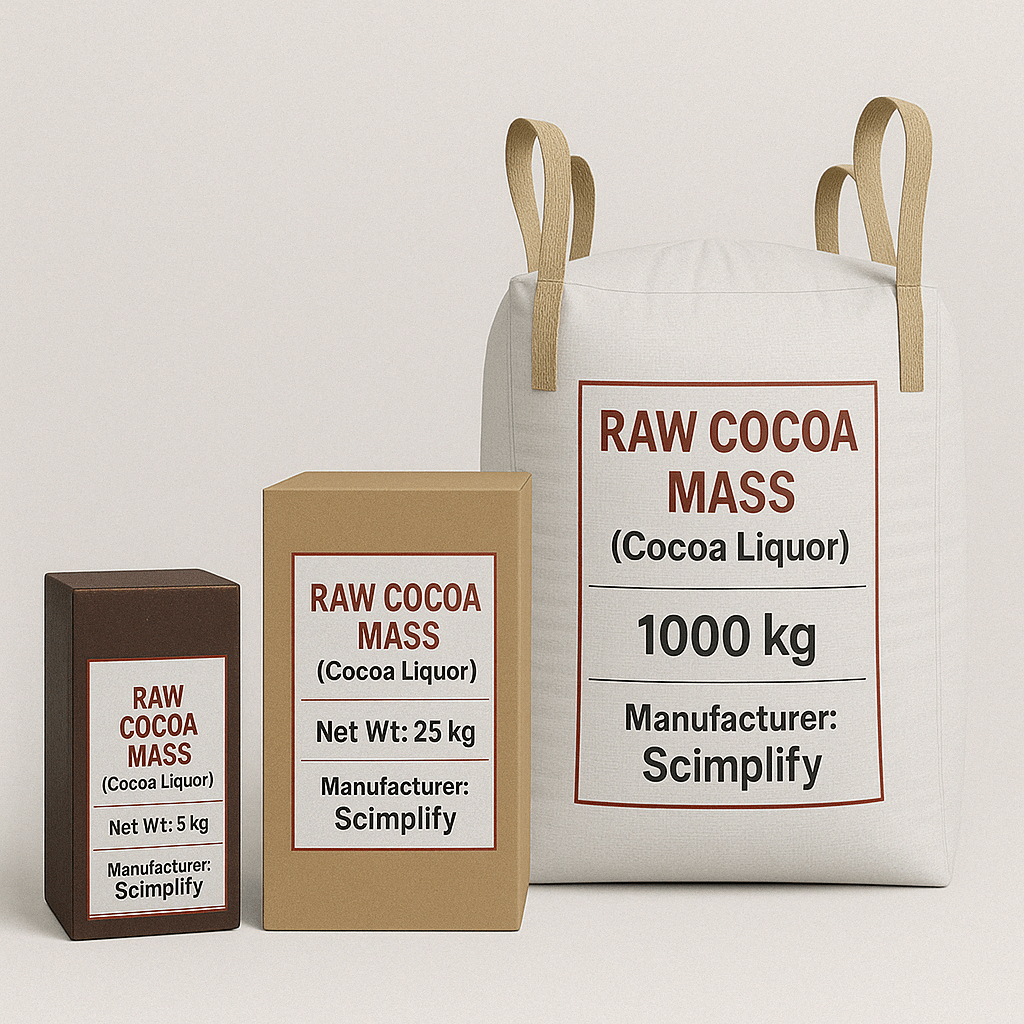
CAS No. : 84649-99-0
Category : Food Ingredients
Sub-Category : Cocoa & Chocolate Derivatives
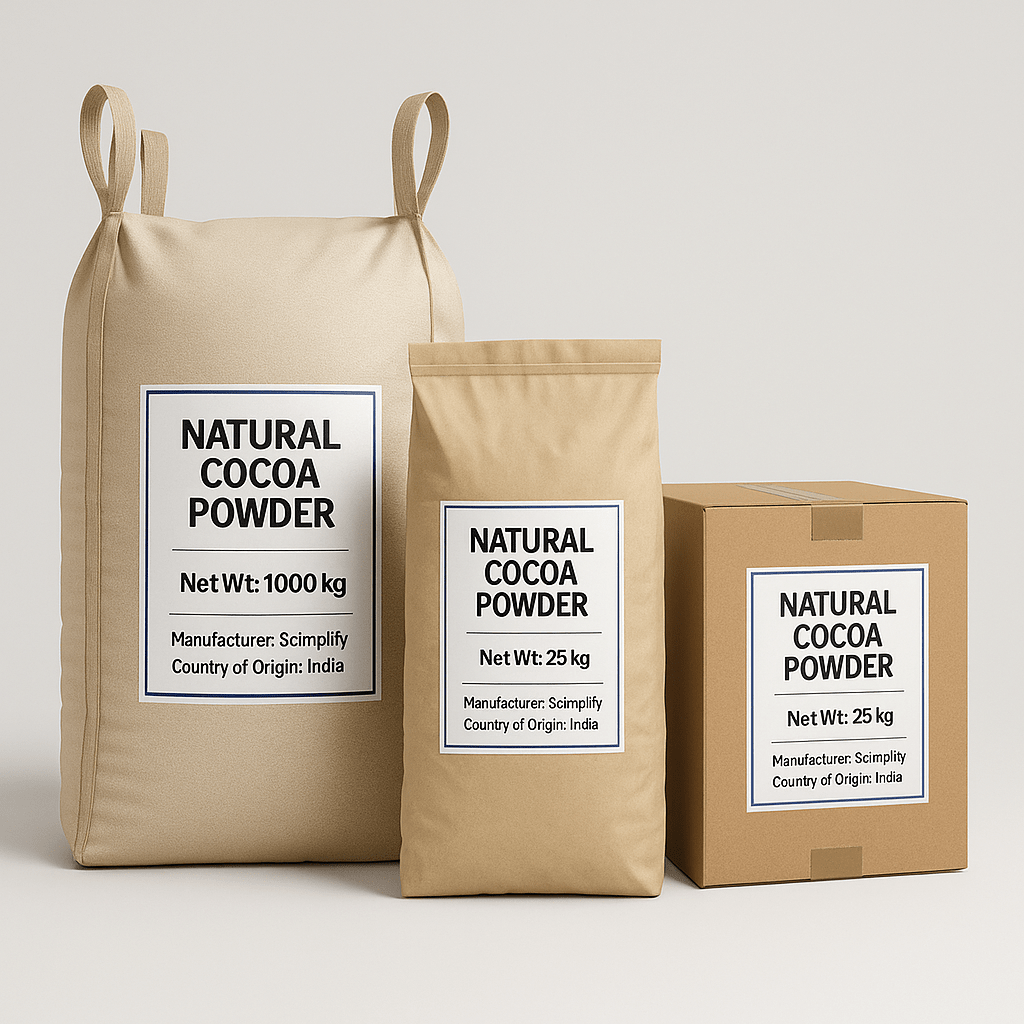
CAS No. : 84649-99-0
Category : Food Ingredients
Sub-Category : Cocoa & Chocolate Derivatives
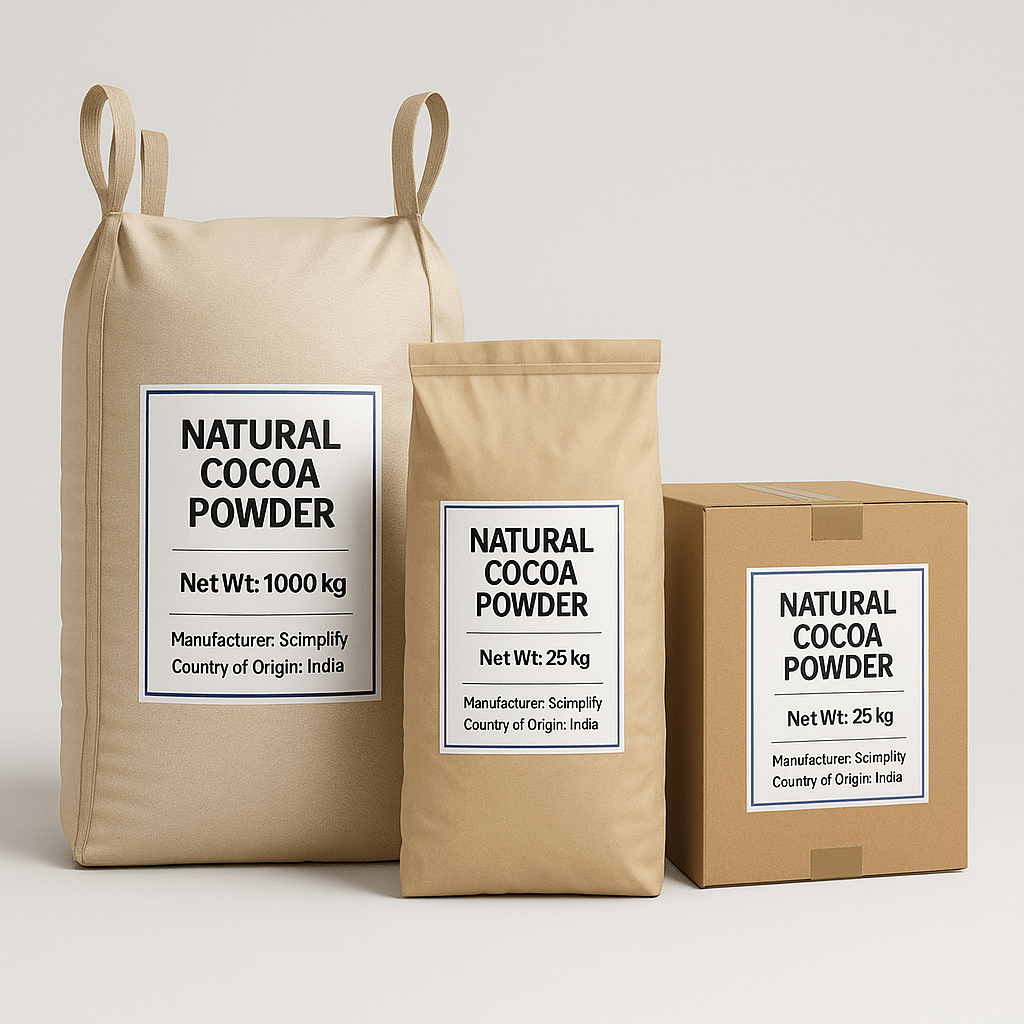
CAS No. : 84649-99-0
Category : Food Ingredients
Sub-Category : Cocoa & Chocolate Derivatives

CAS No. : 36306-87-3
Category : Fragrance Ingredients
Sub-Category : Ionones & Ketones

CAS No. : 16409-43-1
Category : Fragrance Ingredients
Sub-Category : Aroma Compounds

CAS No. : 56011-02-0
Category : Fragrance Ingredients
Sub-Category : Aliphatic Aromatic Ethers
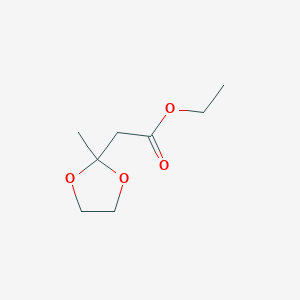
CAS No. : 6413-10-1
Category : Fragrance Ingredients
Sub-Category : Ketal Fruit Esters

CAS No. : 5182-36-5
Category : Fragrance Ingredients
Sub-Category : Aroma Chemicals
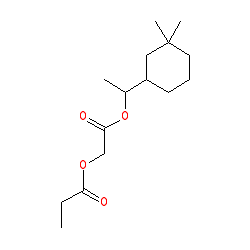
CAS No. : 236391-76-7
Category : Fragrance Ingredients
Sub-Category : Polycyclic Synthetic Musks

CAS No. : 236391-76-7
Category : Fragrance Ingredients
Sub-Category : Polycyclic Synthetic Musks

CAS No. : 119-36-8
Category : Fragrance Ingredients
Sub-Category : Aromatic Esters